Disclosure: This article contains affiliate links. We may earn a commission from purchases at no extra cost to you, which helps our travel content.
The winding mountain road through Bulgaria's Rila National Park feels like a journey back in time. As a sports journalist who's traversed the globe covering cricket matches from Lord's to Eden Gardens, I've developed an appreciation for places where cultural heritage and natural landscapes converge. Few sites exemplify this intersection better than Rila Monastery, Bulgaria's most significant spiritual landmark. Having spent decades documenting how landscapes shape cultural practices, I found myself drawn to this 10th-century Orthodox monastery not merely as a tourist attraction, but as a living testament to Bulgarian identity—much like how cricket's hallowed grounds represent more than mere playing fields to devoted fans. This UNESCO World Heritage site, cradled by the forested peaks of the Rila Mountains, offers couples a perfect weekend retreat that balances spiritual exploration with natural wonder.
The Historical Soul of Bulgaria
Founded in the 10th century by St. John of Rila, a hermit who sought solitude in these mountains, Rila Monastery stands as Bulgaria's most profound cultural and spiritual symbol. Walking through its fortress-like walls for the first time reminded me of entering Melbourne Cricket Ground—that same sense of hallowed ground where history feels palpably present.
The monastery's evolution parallels Bulgaria's own turbulent history. During Ottoman rule, it served as a bastion of Bulgarian identity when cultural expression was suppressed elsewhere—not unlike how traditional games preserve indigenous cultures during periods of outside influence. What struck me most was how the monastery has remained continuously active since its founding, housing monks who maintain ancient traditions while welcoming visitors from around the world.
The main church, dedicated to the Nativity of the Virgin Mary, represents the pinnacle of the Bulgarian National Revival architecture. Its striped exterior—alternating bands of red, white, and black—creates a visual rhythm that's both imposing and harmonious. Inside, I found myself transfixed by the 1,200 biblical scenes painted by master iconographers, their vibrant colors seemingly undimmed by the centuries.
For photography enthusiasts, I recommend bringing a versatile zoom lens to capture both the grand architectural details and the intimate religious iconography. The monastery's dramatic setting against the mountains deserves proper photographic documentation.

💡 Pro Tips
- Visit early in the morning (before 9am) to experience the monastery before tour buses arrive
- Attend a morning service if possible—the Byzantine chants are hauntingly beautiful
- Women should bring a scarf to cover their heads when entering the main church
Artistic Treasures & Cultural Significance
The true magnificence of Rila Monastery reveals itself through its artistic heritage. The monastery's most treasured possession is the Rafail's Cross—a wooden crucifix featuring 104 religious scenes and 650 miniature figures, all meticulously carved with the aid of a magnifying glass. When I learned the monk who created it went blind upon completion, I was reminded of the sacrifices athletes make in pursuit of perfection.
The monastery's museum houses an extraordinary collection of manuscripts, icons, religious artifacts, and woven textiles that chronicle Bulgaria's cultural evolution. The Rila Charter, issued by medieval Bulgarian tsar Ivan Shishman, stands as one of the country's most significant historical documents.
What fascinated me most was the monastery's role as a center for calligraphy and manuscript illumination during the Middle Ages. Much like how sporting traditions preserve cultural knowledge through physical practice, these monks preserved knowledge through artistic discipline during turbulent historical periods.
The monastery's frescoes tell stories to visitors regardless of their religious background. The vivid depiction of the Last Judgment on the exterior wall serves as a moral compass, with heaven's rewards and hell's punishments rendered in unforgettable detail. I spent nearly an hour absorbing this massive composition, finding new details with each passing minute.
To fully appreciate these artistic treasures, I recommend bringing a quality travel guidebook that explains the iconography and historical context of what you're seeing. The symbolism can be complex for those unfamiliar with Orthodox Christianity.
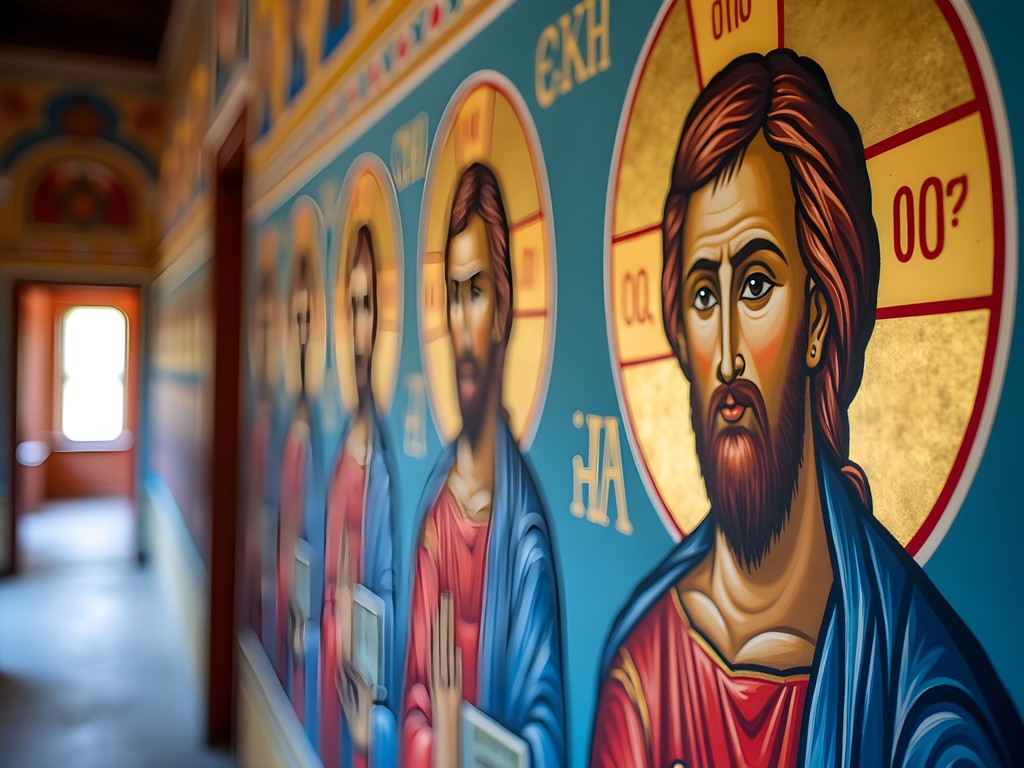
💡 Pro Tips
- Hire a local guide for deeper insights into the religious symbolism
- Photography is permitted in most areas but prohibited in certain sacred spaces
- The museum requires a separate ticket but is absolutely worth the additional cost
Natural Splendor of the Rila Mountains
The monastery doesn't exist in isolation but is embraced by the magnificent Rila National Park—Bulgaria's largest protected area. Having explored rainforests from Costa Rica to Tasmania, I've developed an appreciation for how sacred sites often occupy places of natural power, and Rila exemplifies this pattern perfectly.
After spending the morning exploring the monastery, my recommendation is to dedicate your afternoon to the surrounding landscape. The crisp mountain air and ancient conifer forests create a natural extension of the spiritual experience. Several well-marked hiking trails begin near the monastery, ranging from gentle walks to more challenging routes.
The trail to the Seven Rila Lakes represents a more ambitious excursion that would require a full day, but even a short two-hour hike from the monastery rewards visitors with spectacular mountain vistas. During my summer visit, the alpine meadows exploded with wildflowers, creating a natural carpet that would rival any Persian masterpiece.
For wildlife enthusiasts, the forests around Rila Monastery harbor brown bears, wolves, and numerous bird species. While spotting the larger mammals requires considerable luck, the biodiversity here reminds us why conservation efforts are so critical. The marriage of cultural heritage and natural preservation at Rila offers a model for sustainable tourism that more destinations should emulate.
If you're planning to explore beyond the immediate monastery grounds, I strongly suggest bringing proper hiking boots as the terrain can be uneven and weather conditions changeable even in summer.

💡 Pro Tips
- Pack layers even in summer—mountain weather can change rapidly
- Bring at least 1-2 liters of water per person for hiking
- Download offline maps before your visit as cellular coverage can be spotty
Culinary Traditions & Monastery Hospitality
One of the unexpected delights of visiting Rila Monastery is experiencing the culinary traditions that have evolved alongside its spiritual practices. The monastery operates a simple restaurant where visitors can sample authentic Bulgarian dishes prepared according to Orthodox fasting traditions—a fascinating parallel to how dietary practices in many cultures intertwine with spiritual observance.
The monastery's kitchen serves hearty bean soups, freshly baked bread, and locally produced cheese that reminded me of meals I've enjoyed in rural Indian households—simple ingredients transformed through tradition into something extraordinary. Many dishes feature foraged herbs and mushrooms from the surrounding forests, creating a direct connection between plate and place.
For the full experience, I recommend staying overnight in the monastery's guest quarters. The accommodations are basic but clean, offering an unparalleled opportunity to experience the monastery's rhythms after day-trippers depart. Falling asleep to the profound silence of the mountains and waking to the gentle toll of church bells creates memories that standard hotels simply cannot provide.
Beyond the monastery walls, the nearby village of Rilski Manastir offers several family-run guesthouses and restaurants serving traditional Bulgarian cuisine. I particularly enjoyed a slow-cooked clay pot dish called gyuvech at a small establishment where the owner insisted I try his homemade rakia (fruit brandy)—a cultural initiation I wouldn't have experienced in a more touristic setting.
For coffee enthusiasts like myself, I recommend bringing a portable travel coffee maker to enjoy a quality brew while watching the morning light transform the monastery's façade—a simple luxury that enhances contemplative moments.
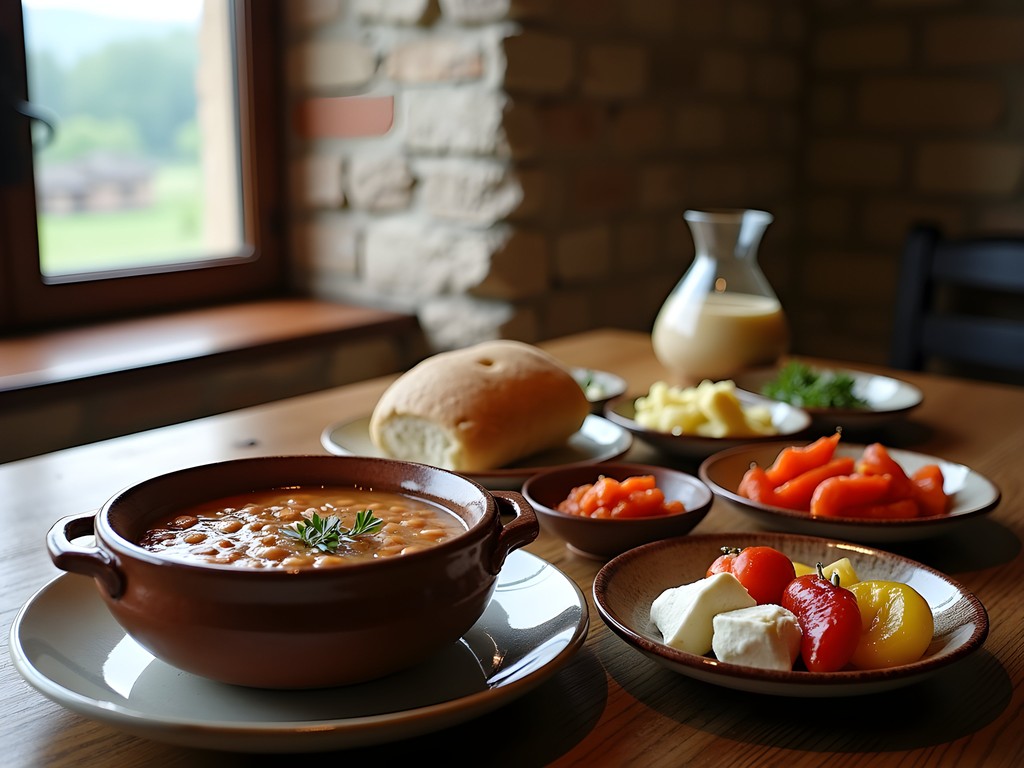
💡 Pro Tips
- Book monastery accommodations well in advance during summer months
- Try the monastery's homemade yogurt with honey for breakfast
- Vegetarians will find plenty of options due to Orthodox fasting traditions
Practical Tips for Couples Visiting Rila
After numerous trips to heritage sites across continents, I've learned that preparation enhances experience, particularly when visiting places with spiritual significance. For couples planning a weekend at Rila Monastery, balancing reverence with exploration creates the most rewarding journey.
First, consider transportation logistics. While public buses connect Sofia to Rila Monastery, they run infrequently and limit your flexibility. For a weekend trip, renting a car provides the freedom to explore at your own pace and discover viewpoints beyond the standard tourist route. The drive from Sofia takes approximately two hours through increasingly beautiful mountain scenery.
Regarding attire, the monastery observes traditional Orthodox customs. Both men and women should dress modestly, with shoulders and knees covered. Women may be asked to cover their heads inside the church, so bringing a light scarf is advisable. During summer months, the mountain sun can be intense despite cooler temperatures, making a quality sun hat essential for outdoor exploration.
The monastery complex operates on a rhythm dictated by religious observances rather than tourist preferences. Services typically begin early in the morning, and certain areas may be temporarily closed during prayer times. This unpredictability is part of visiting a living religious site rather than a museum, so approach schedule changes with flexibility and respect.
For couples seeking romantic moments, I recommend the short hike to Kiril's Meadow late in the afternoon. This open space offers breathtaking views of the monastery against the mountain backdrop—perfect for creating lasting memories together. Pack a simple picnic of local cheese, bread, and fruit to enjoy while watching the changing light transform the landscape.
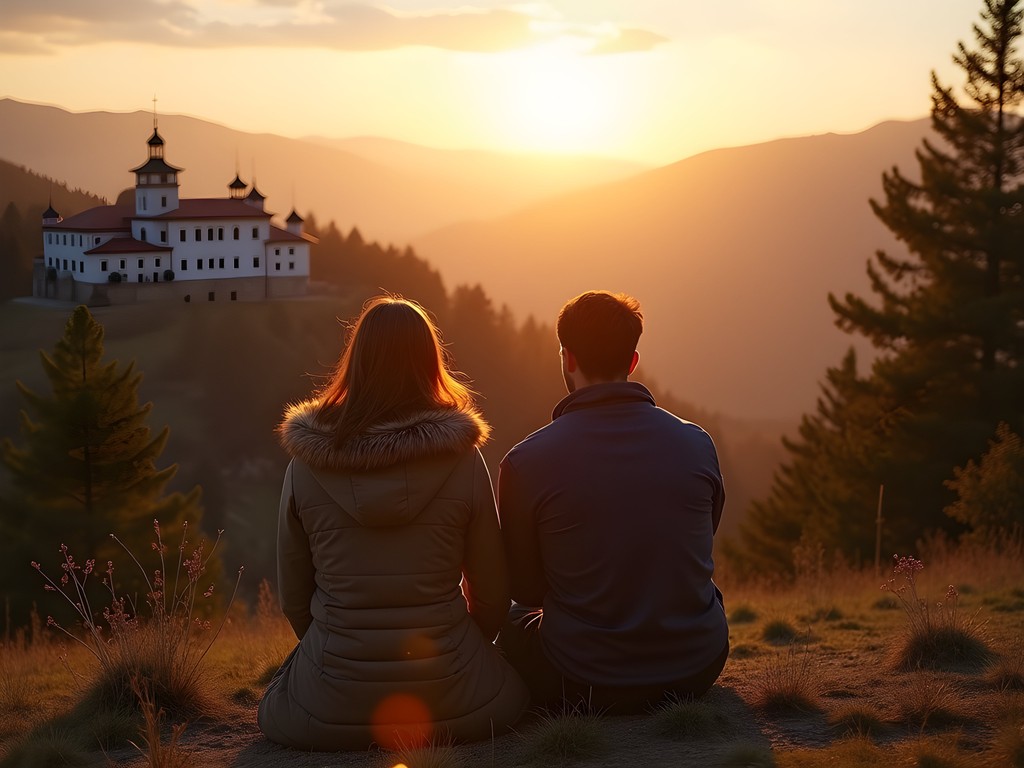
💡 Pro Tips
- Withdraw cash before arriving as ATM access is limited near the monastery
- Consider splitting your stay between the monastery and a nearby guesthouse for varied experiences
- Purchase the combined ticket that includes both the monastery and museum access
Final Thoughts
As my weekend at Rila Monastery drew to a close, I found myself reflecting on how places of spiritual significance transcend their religious origins to speak universal truths. In our increasingly digital world, sites like Rila offer something increasingly rare—an opportunity to disconnect from constant notifications and reconnect with both history and nature simultaneously. For couples seeking more than standard tourist experiences, this UNESCO treasure provides a perfect backdrop for meaningful conversations and shared discoveries. Whether you're admiring centuries-old frescoes, hiking through pristine forests, or simply enjoying the profound silence of the mountains, Rila offers a journey that nurtures both relationship and individual spirit. As you plan your own Bulgarian adventure, remember that the true value of visiting Rila isn't just in photographing its beauty but in allowing its centuries of wisdom to inform your present moment.
✨ Key Takeaways
- Rila Monastery offers a perfect blend of cultural heritage and natural beauty for a weekend retreat
- Staying overnight in monastery accommodations provides a more authentic experience than a day trip
- The surrounding Rila National Park deserves equal attention for a balanced experience
📋 Practical Information
Best Time to Visit
Late May through September, with June offering ideal weather and fewer crowds
Budget Estimate
$150-250 per couple for a weekend including accommodation, meals, and transportation
Recommended Duration
2-3 days minimum to experience both monastery and surroundings
Difficulty Level
Easy To Moderate Depending On Hiking Ambitions
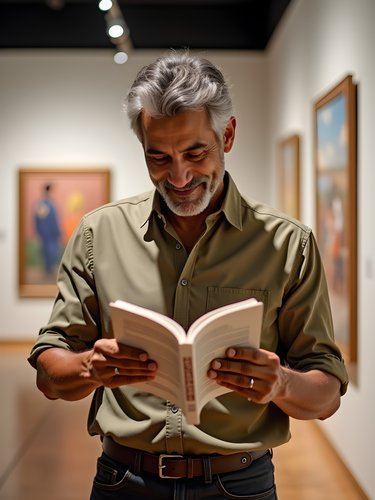

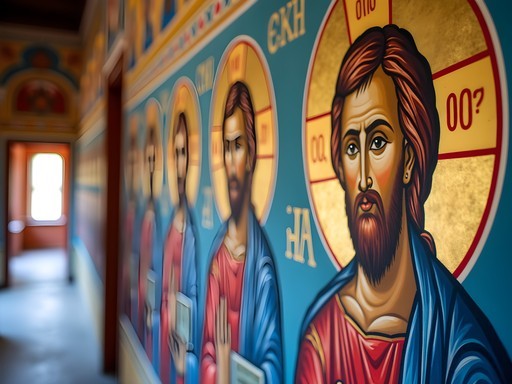
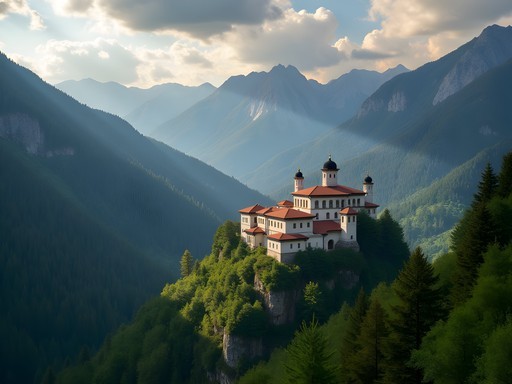




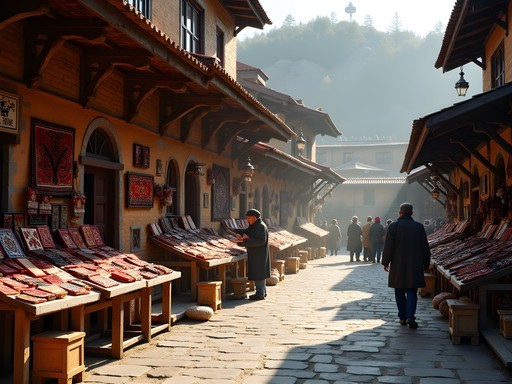





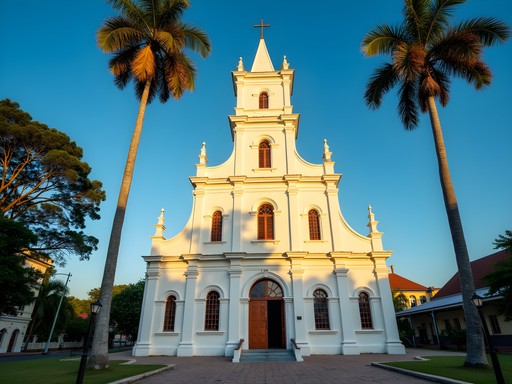
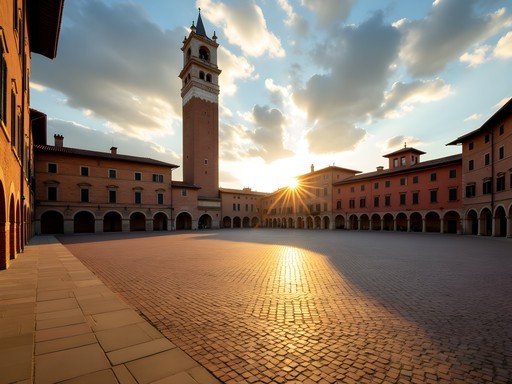
Comments
wildexplorer
Great post! How difficult was it to get there by public transport? I'm planning a trip next spring and wondering if renting a car is necessary or if buses are reliable enough?
Amit Sullivan
Thanks! Public transport is doable but limited - just 1-2 buses daily from Sofia. I'd recommend a car if you want flexibility to explore the surrounding mountains too. The drive is stunning!
wildexplorer
Good to know, thanks! Might go with a rental then. Did you stay overnight or just do a day trip?
Amit Sullivan
I stayed two nights - one at the monastery guesthouse and another at a small hotel nearby. Highly recommend staying overnight as the morning light on the monastery is magical, and you'll beat the day-trippers!
Robert Moreau
Amit, your cricket journalist perspective brings such a fresh take on this spiritual landmark! I visited Rila during winter last year, and it was a completely different experience - the snow-covered mountains created this ethereal backdrop for the colorful monastery. The monks were preparing for Orthodox Christmas, and they invited me to join their evening prayers. Even for non-religious travelers, the chanting in that ancient church creates an atmosphere that's hard to describe. If anyone's planning a winter visit, the road can be tricky - definitely check conditions before heading out. And don't miss the museum with its incredible Rafail's Cross - bring a magnifying glass to appreciate the microscopic carvings!
nomadexplorer
Is it worth staying in the monastery accommodation? I heard it's very basic but authentic.
Robert Moreau
I stayed there last year - it's simple (shared bathrooms, no TV) but incredibly atmospheric and affordable. The silence at night and waking up to bells is an experience you won't get anywhere else. If you need luxury, there are guesthouses in the nearby village, but you'll miss the early morning tranquility.
vacationmaster
Added to my bucket list! Those mountains look incredible.
adventurebackpacker
Those sunset shots of the monastery are absolutely stunning! What camera do you use?
Amit Sullivan
Just my trusty Sony A7III with the 24-70mm lens. The golden hour light there is magical!
Haley Hamilton
Your post brought back so many memories! I backpacked through Bulgaria in 2019 and spent two nights at Rila. The monks were incredibly welcoming despite my broken Bulgarian. If anyone's planning to visit, I highly recommend hiking the trail to the Seven Lakes from the monastery - it's about 4-5 hours each way, but the alpine scenery is worth every step. I used my hiking poles which were absolute lifesavers on those steep sections. Don't miss trying the homemade yogurt with honey at breakfast!
nomadexplorer
How difficult would you say that hike is? I'm not super experienced but really want to see those lakes!
Haley Hamilton
It's moderate to challenging - definitely bring plenty of water and start early. There's also a chairlift option if you want to skip the steepest part!
vacationone
We visited Rila Monastery last summer and it was incredible! The frescoes inside the church are mind-blowing. One tip - we arrived early (around 8am) before the tour buses and had the place almost to ourselves for about an hour. Definitely worth the early wake-up call. Also tried the fresh trout at the little restaurant nearby - delicious!
smartblogger
Great post! How difficult was it to get to Rila Monastery using public transportation? I'm planning a trip but don't want to rent a car.
Amit Sullivan
Thanks for asking! There's a direct bus from Sofia to Rila Monastery, but it only runs once daily (around 10:30am). Returns around 3pm. I'd recommend staying overnight to really experience the place without day-trip crowds!
smartblogger
That's super helpful, thanks! Definitely going to plan an overnight stay then.
hikergirl_45
If anyone's planning to visit, bring cash! The monastery is in a remote area and the card machines were down when we visited. Also, dress modestly - they provide covers if needed but better to come prepared.
moonway
Good point about the cash! We almost got caught out by this too.
BulgariaFan22
Those frescoes are incredible! Bulgaria is so underrated.
Venture X
Premium card with 2X miles, $300 travel credit, Priority Pass